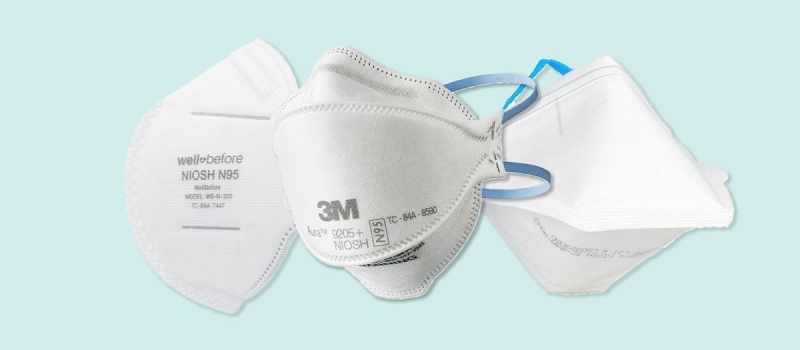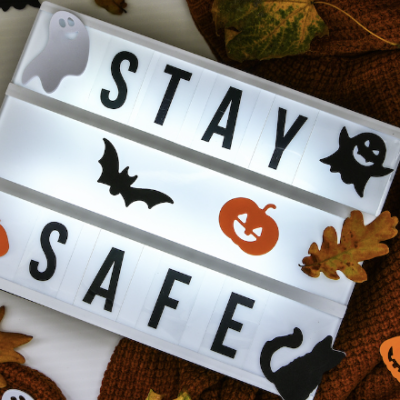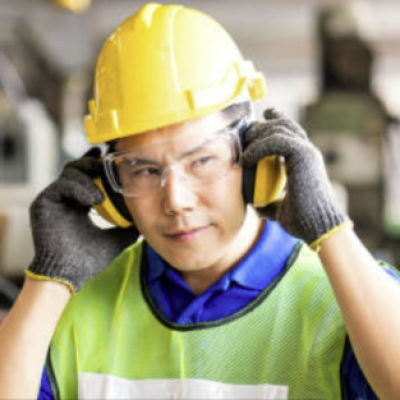Respirator Definitions and Uses for COVID
Thursday, January 20, 2022 Murray Tate

Respirator definitions and uses
Several types of respirators are discussed for personal protection from COVID-19 exposure. Here we compare the various respirators available. This article focuses on workplace-oriented respirators, particularly the N95 type designs.
The N95 respirator classification comes from the National Institute of Occupational Safety and Health (NIOSH). The NIOSH Guide to Selection and Use of Particulate Respirators describes three levels of particulate removal and three levels of oil resistance. This results in nine types of respirators. Particulates used in the test method are nominally 0.3 microns in size. Efficiencies are listed as being to remove 95% of the particles, 99% of the particles and 99.97% of the particles (though labeled 100). The three levels of oil resistance are Not oil resistant (N), oil Resistant (R), and oil Proof (P). The N filters are designed for protection from solid and water-based particulates. The R and P are designed for any particulates including oil-based materials.
In order to provide a good fit to the wearer, these respirators have two straps. Typically, one goes over the head, while the other goes behind the neck. This is to keep a tight fit of the mask on the face. This design allows a tighter fit that a respirator with ear loops, or at least a less painful way to keep a tight fit. These respirators are not designed to be washed and reworn. OSHA states that N95 respirators are to be worn no more than one week on a typical five-day work week. These respirators do allow the use of an exhalation valve. This valve makes it easier to exhale as the exhaled air does not pass through the mask material. For industrial tasks where we wish to protect the worker from dusts and such this still provides proper protection to the worker. But for protection of the public against viral infection, an infected person would be exhaling contaminant containing air out to those around them. This is not acceptable.
|
filter rating |
filter efficiency |
|
95 |
removes 95% of 0.3-micron particles |
|
99 |
removes 99% of 0.3-micron particles |
|
100 |
removes 99.97% of 0.3-micron particles |
|
filter type |
type of contaminant |
|
N |
solid and water-based particulates |
|
R |
any |
|
P |
any |
As the viral particulates of concern in protection from COVID-19 will be dispersed in an aqueous medium, the N type respirator is sufficient. R and P types would also work, but will cost more and offer no better protection. More material is filtered out as we move from a 95 to a 100 rating, but it is also more difficult to breathe through the filter material as we move up this scale. In industry, we typically use 99 and 100 filters for short term tasks. It is easier to breathe and more comfortable to wear an N95 respirator for an extended period of time. An N99 or N100 respirator will provide a little more protection, but it will be more taxing to wear them. The goal of respiratory protection is not to filter out all particulates, but to reduce the contact to a level the body can better cope with.
Respirators work through several mechanisms. Particulates get trapped in the pores of the filter. Particulates in the air can get trapped on the outside surface of the respirator. Particulates exhaled can get trapped on the inner surface of the respirator. Any particulates on the inner or outers surface can transfer to other surfaces, such as the hands, if handling the respirator incorrectly. Only handle the respirator by the straps. In addition to the filtration of the materials of use, very small particulates tend to carry an electrostatic charge. This charge also helps adhere the particulates to the respirator materials. N95 respirators are rated based on their efficiency against 0.3 micron particulates. Particulates larger than the target size are trapped at a higher efficiency than the rating. Particulates smaller than the target size are also trapped at a higher efficiency due to this electrostatic assist. N95 respirators are least efficient at the target particulate size (DHHS).
N95 respirators have a multiple layer design. The outermost layer is a non-woven hydrophobic polymer such as polypropylene fiber. This helps keep out some moisture. The innermost layer is similar to the outermost layer. A central layer is the filter layer which may also consist of non-woven polypropylene fiber. Additionally, a support layer may be built in to help the mask hold its shape.
In addition to N95 respirators, other types provide protection against COVID-19. The two other respirators most often seen are listed as KN95 or KF94 type respirators. While the N95 specification is from NIOSH and is a U.S. definition, the KN95 is a Chinese specification. It too removes 95% of particulates of a 0.3-micron size. The KF94 is a South Korean specification, requiring 95% removal of 0.3-micron particulates. Both of these designs typically have ear loops to keep the mask on the wearer. While easier to don an doff a mask with ear loops, the mask cannot be held as tightly to the face without discomfort. Ear loops provide a snug fit. Neither the KN95 nor the KF94 respirators are reviewed and approved by NIOSH. The KN95 and KF94 masks also consist of multiple layers. KN95 masks have a central vertical seam which helps hold the mask off the face – sort of a wedge shape. KF94 masks tend to have a shape such that it too stays further off the face than an N95.
However, there are issues with some of the KN95 masks. The Emergency Care Research Institute (ECRI) issued the results of a study in September, 2020. They purchased nearly 200 masks, representing 15 different models of KN95 masks. Almost 70% of the masks tested did NOT remove 95% of the particulates as stated. There is also the issue of counterfeit N95 masks. Correct N95 mask markings are described below.
The country of the design specification has no bearing on the location of the manufacturer of any respirator. There are N95 respirators manufactured in the U.S. and in other countries. Most KN95 masks are made in China; a few are made in the U.S. Most KF94 masks are made in South Korea; some are made in China.
Respirator designs approved by NIOSH as meeting the N95 specification carry the name and logo of NIOSH and the Department of Health and Human Services (DHHS). There is also a NIOSH approval number in the format of TC-84A-xxxx, where xxxx is a four-digit number specific to that make and model respirator. The respirators approved by NIOSH are listed on their website at https://www.cdc.gov/niosh/npptl/topics/respirators/disp_part/n95list1-a.html which is updated weekly.
Before a worker can wear one of the N, R, or P respirators at work, the worker must be fit tested to ensure the respirator seals well enough to work for them. The worker must also pass a physical exam to determine if the worker is healthy enough to wear a respirator without undue stress (due to the extra effort of breathing through the filter). In my own case, as a heart attack survivor, my own Doctor forbid me from wearing a respirator at work anymore. This affects what kind of breathing protection I can use against COVID. We will address this in a future article. There can be a lot of variability for any one person as to which make and model respirator gives the best protection. A good seal against the face is key.




